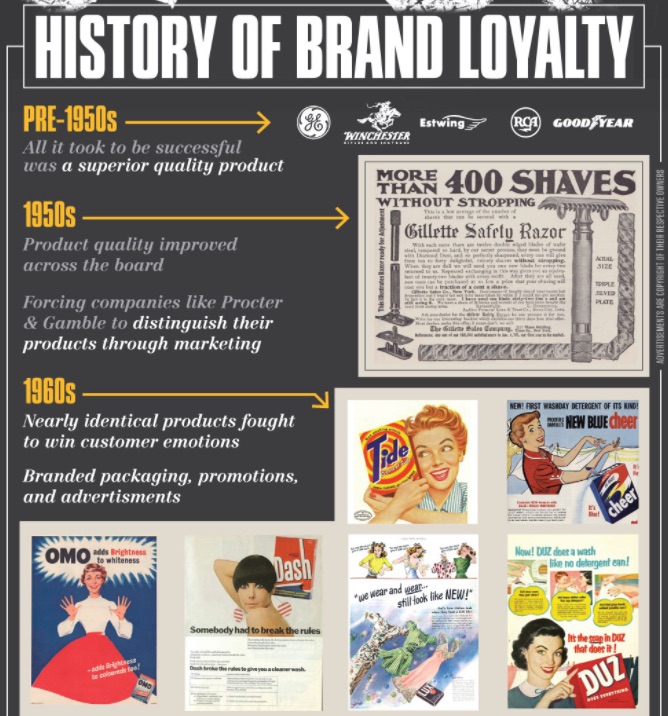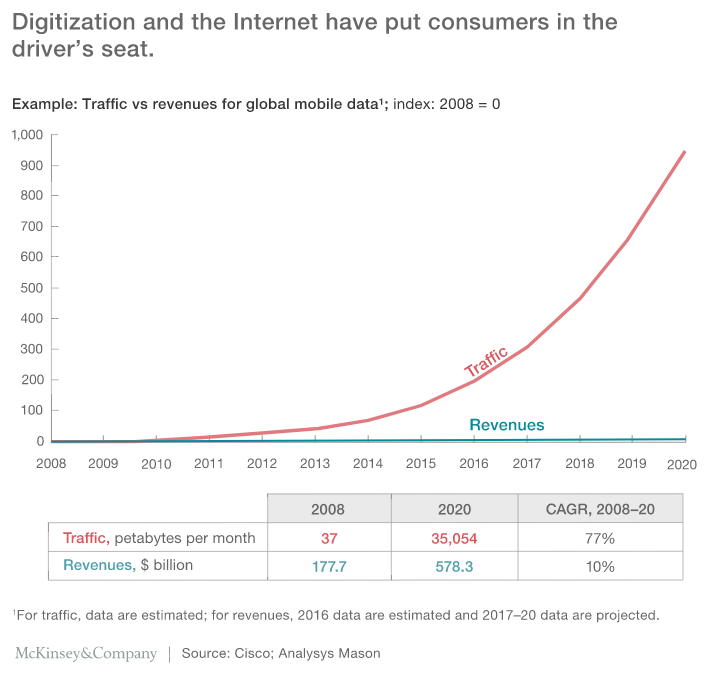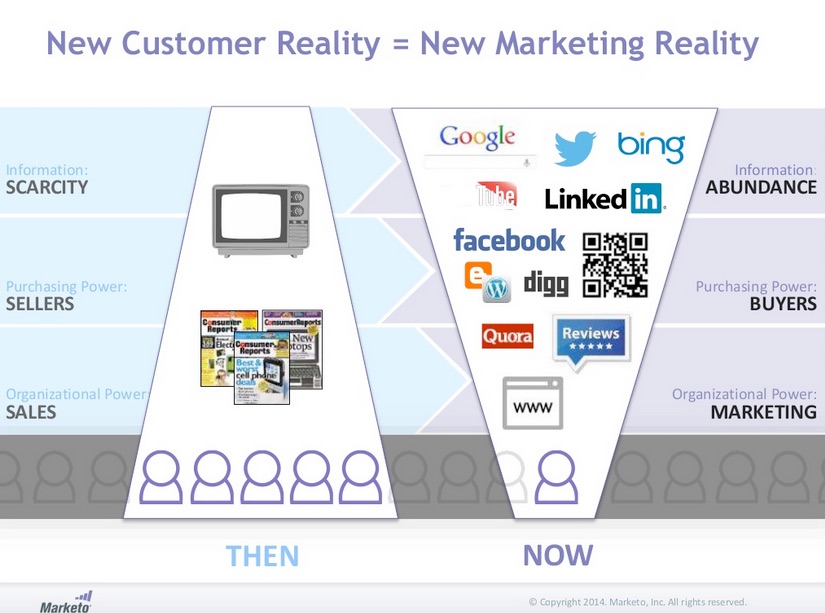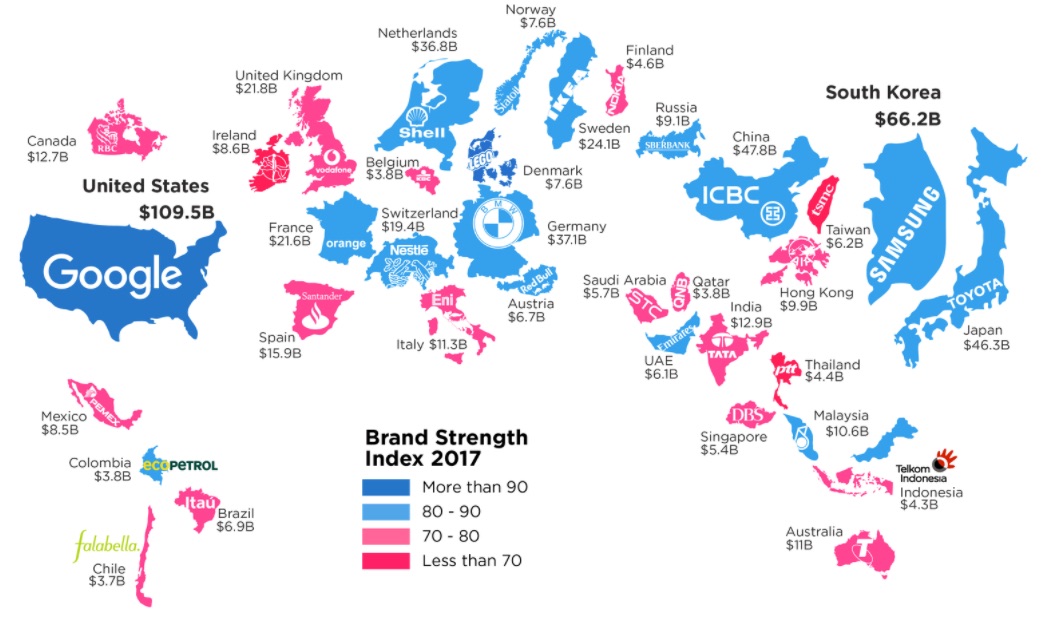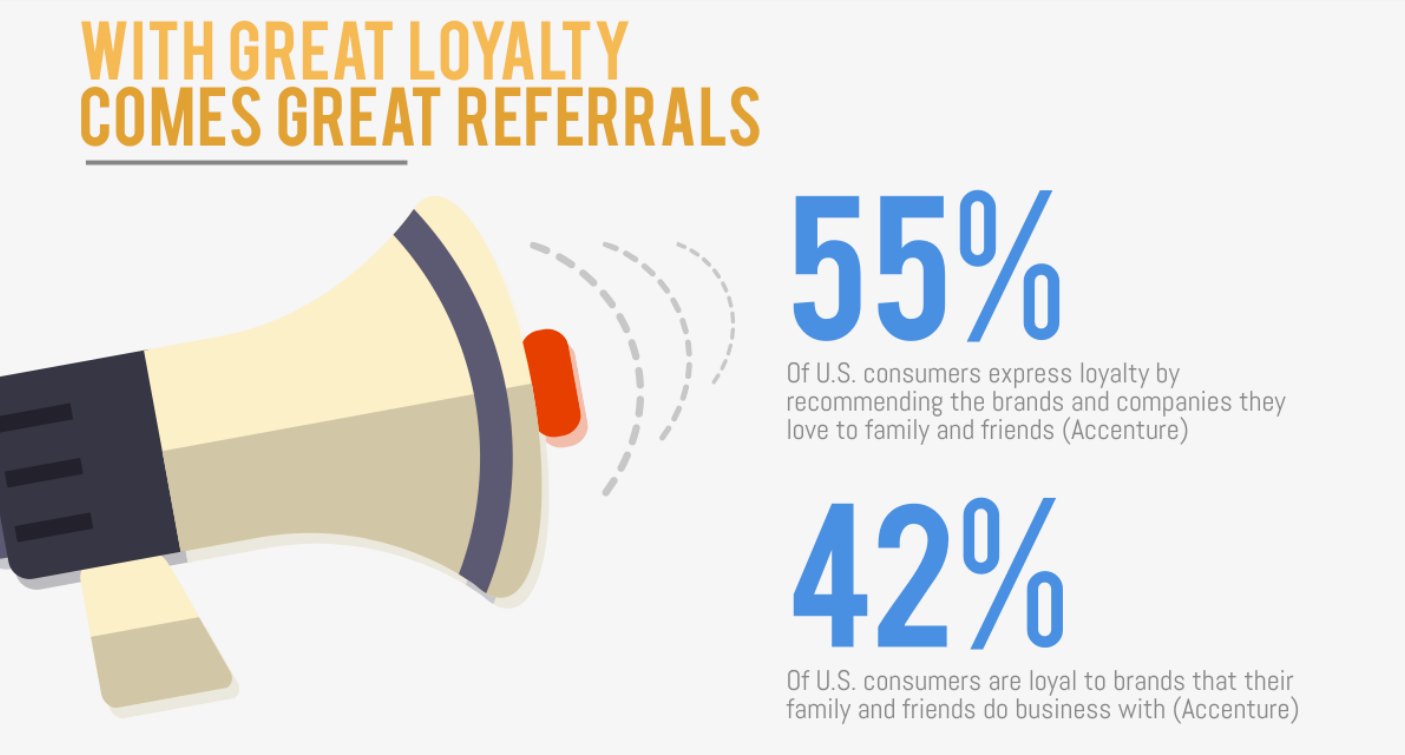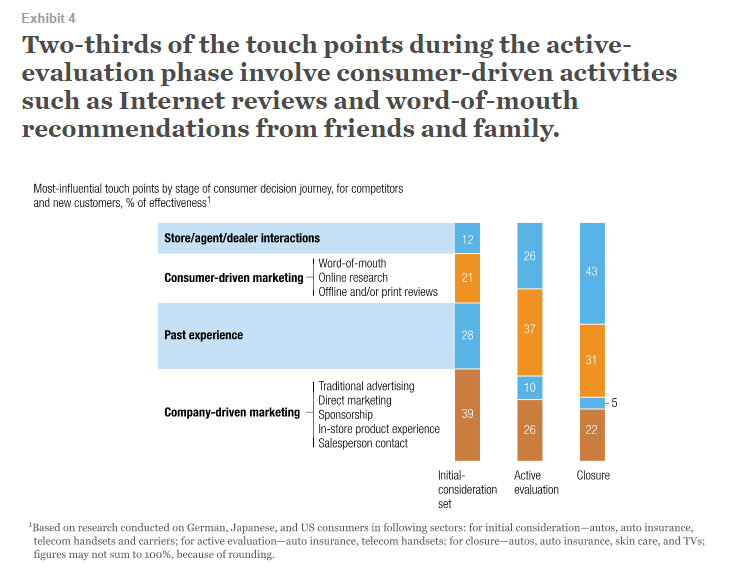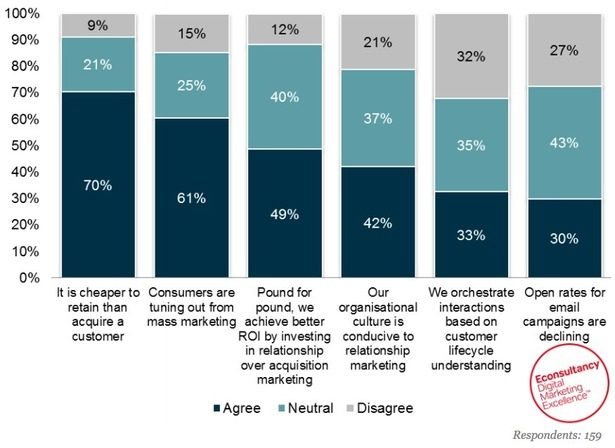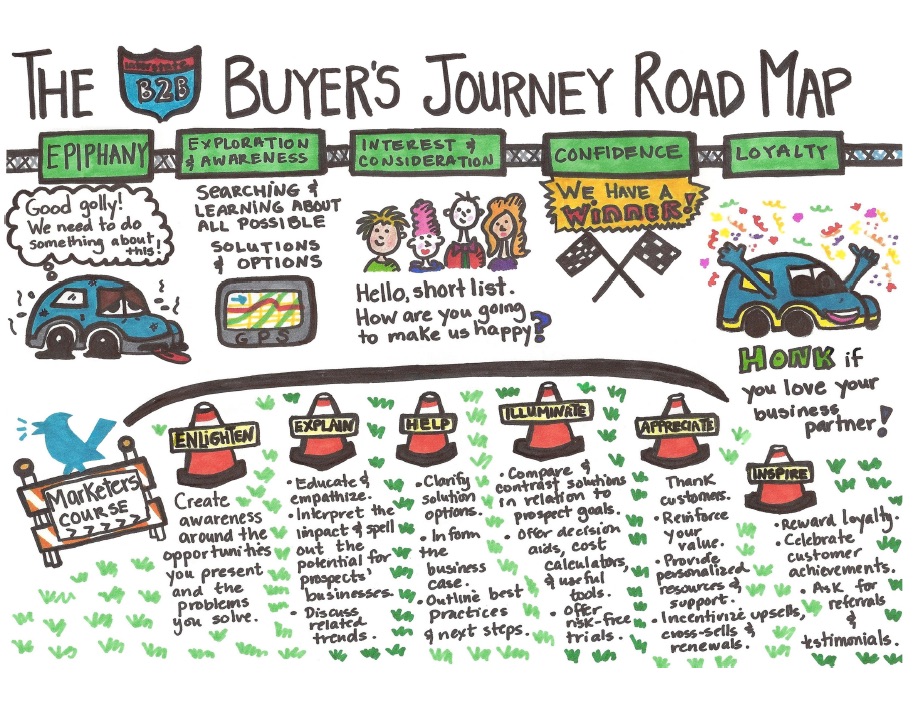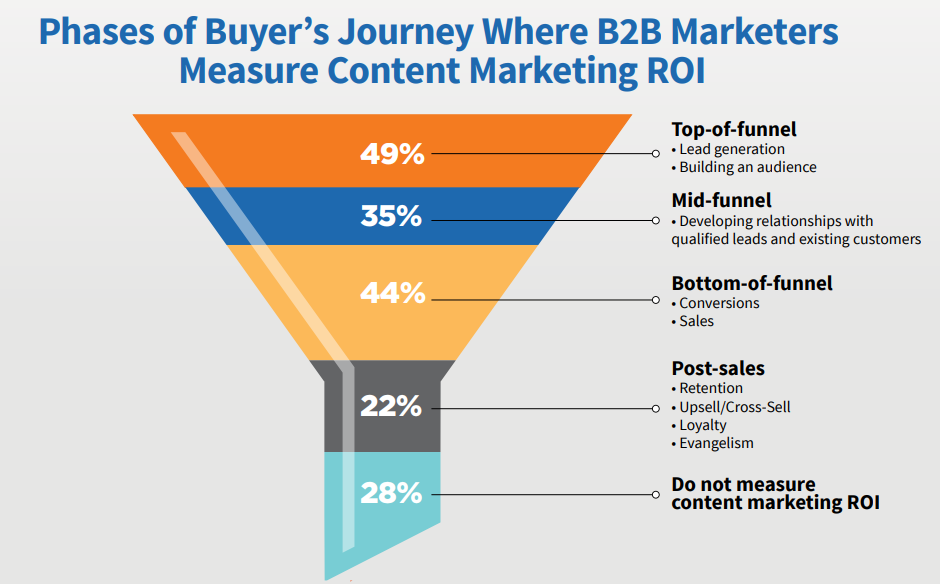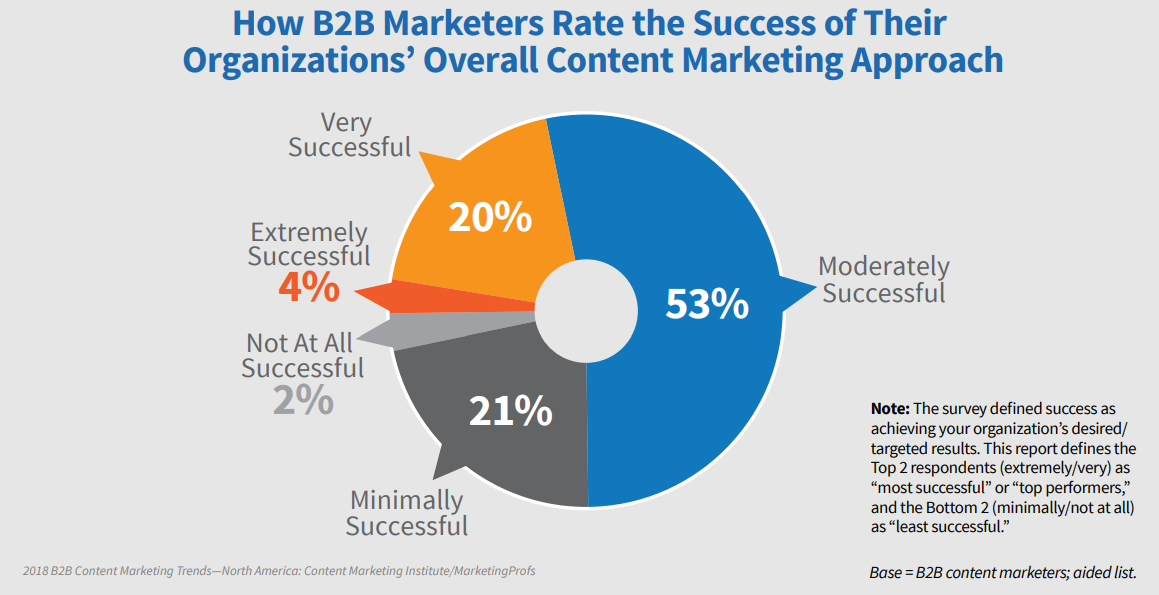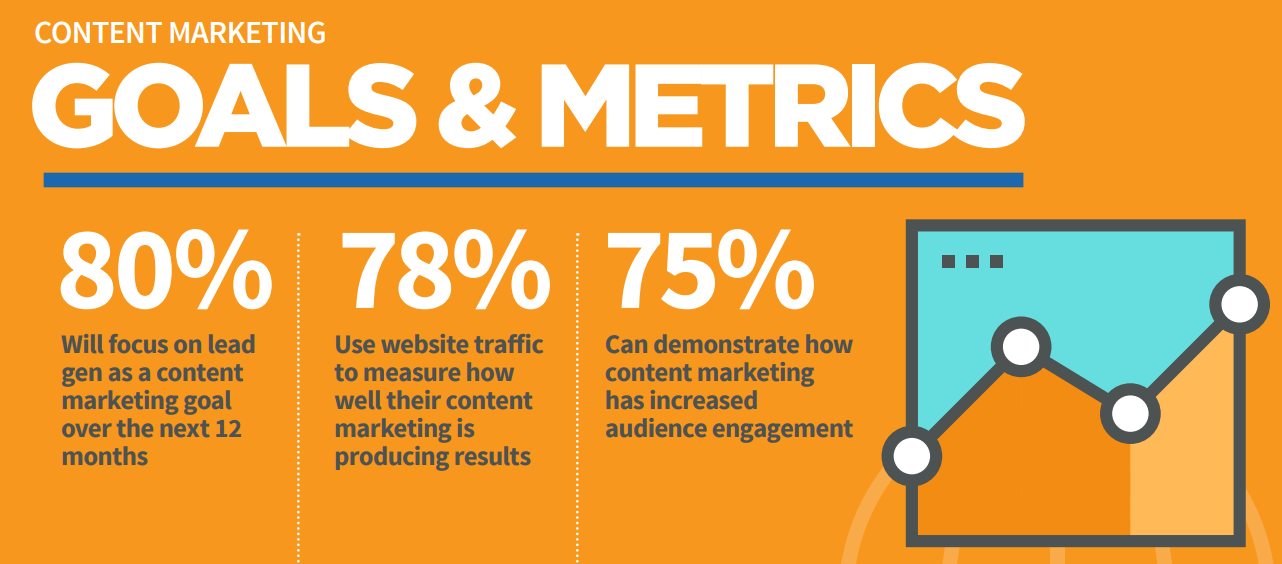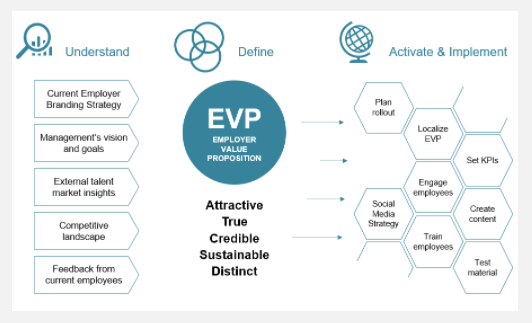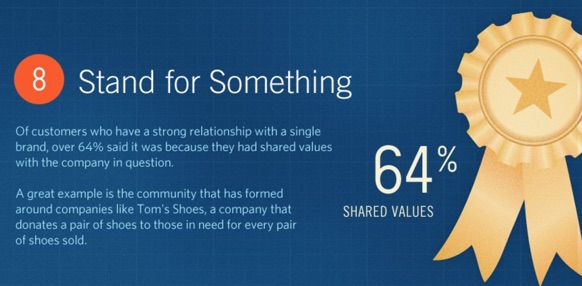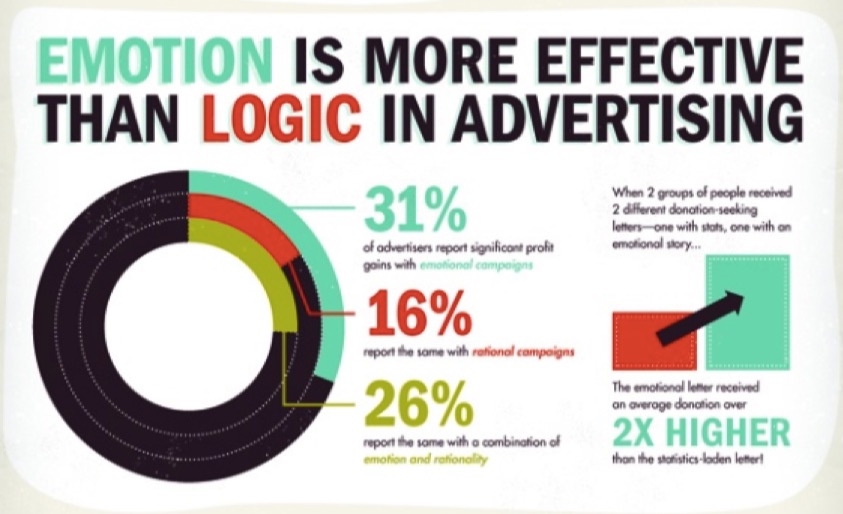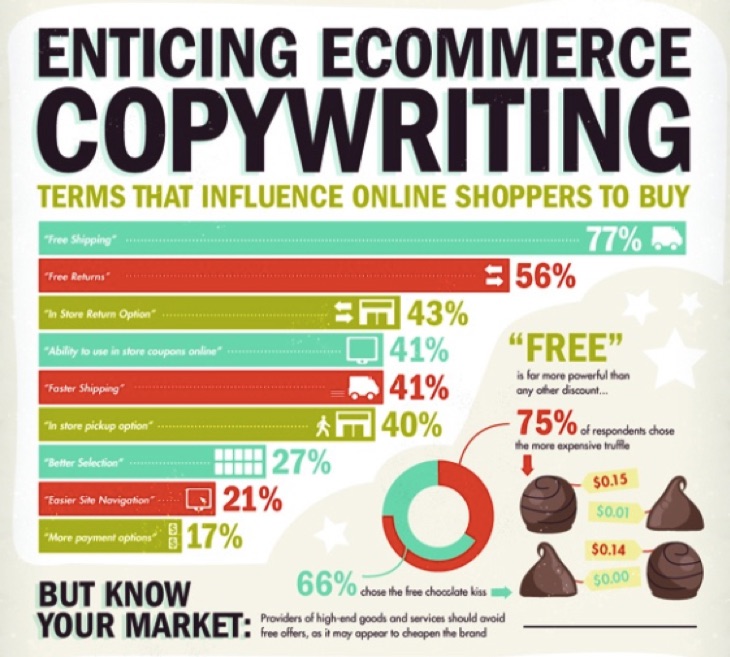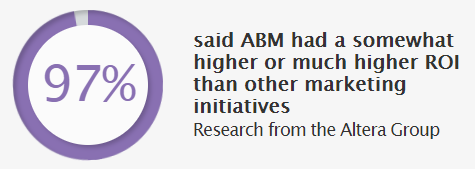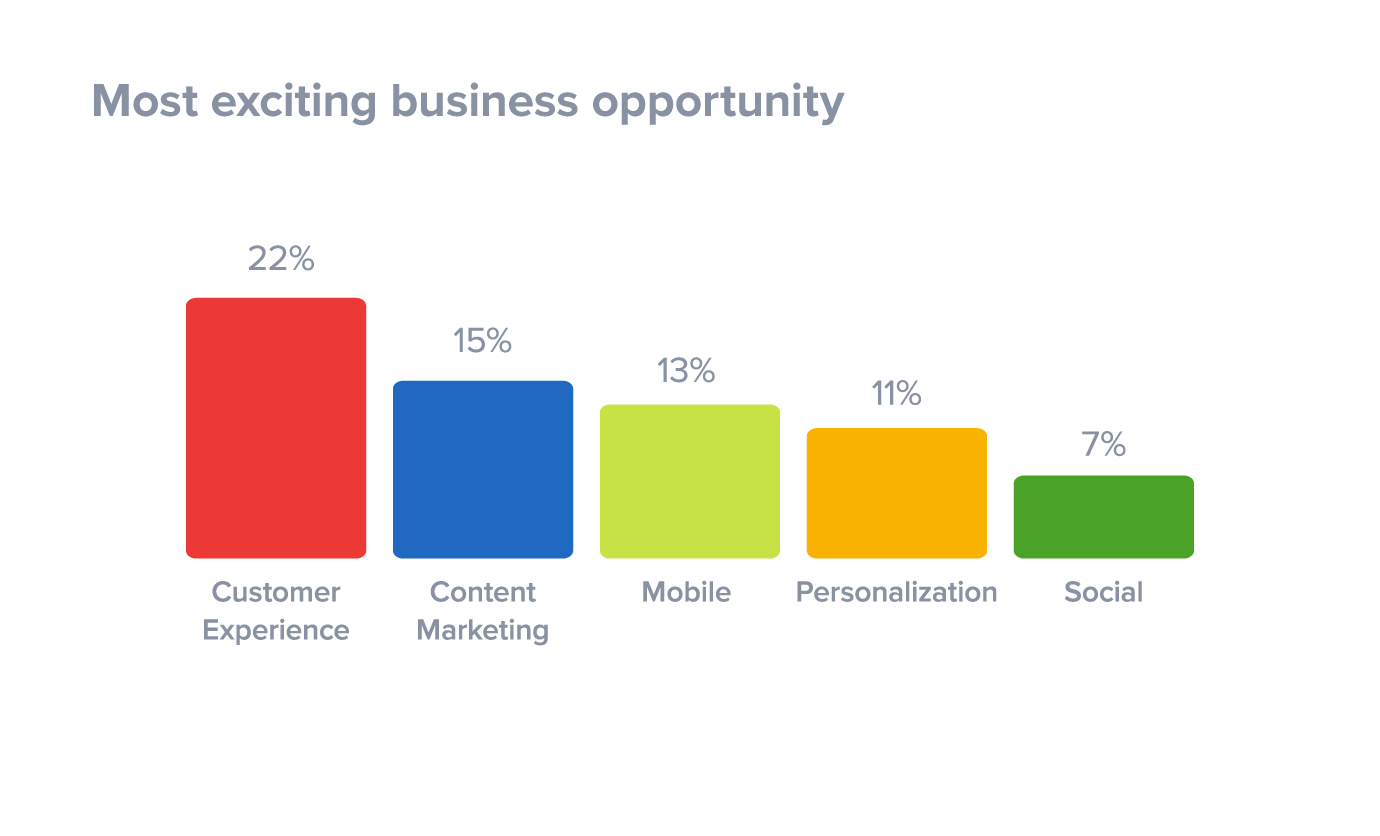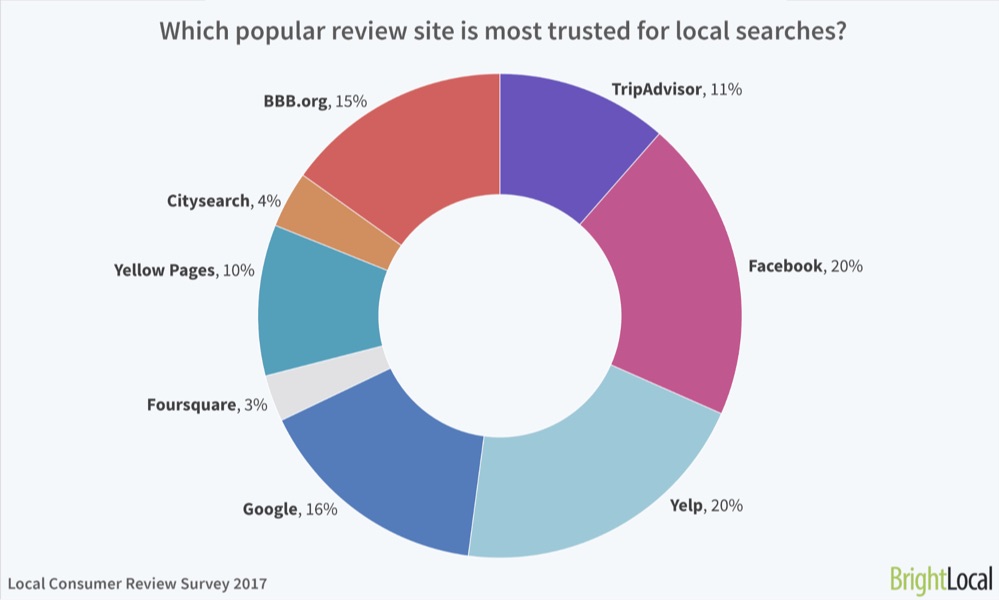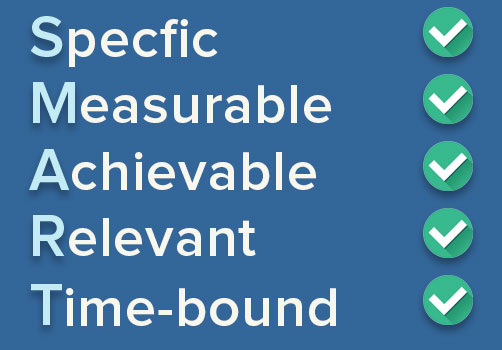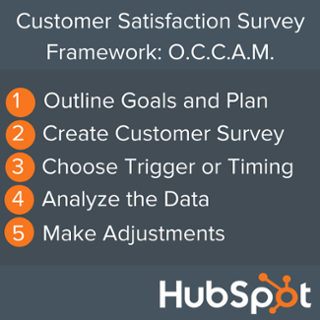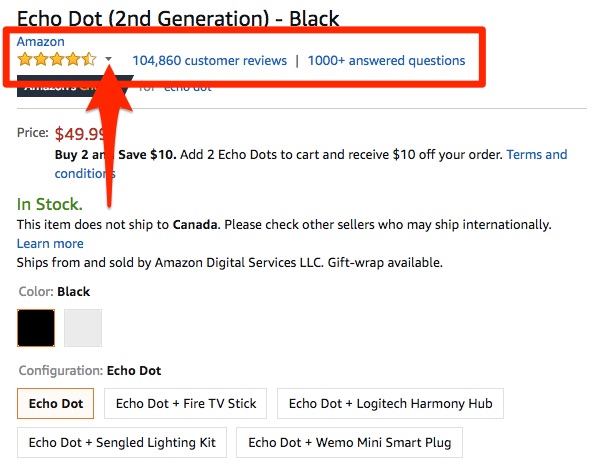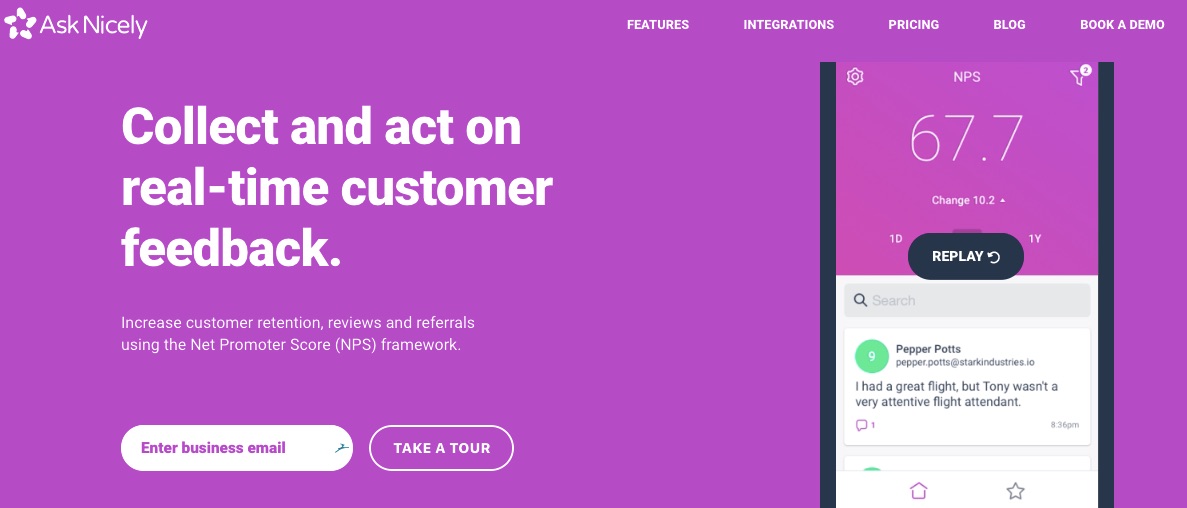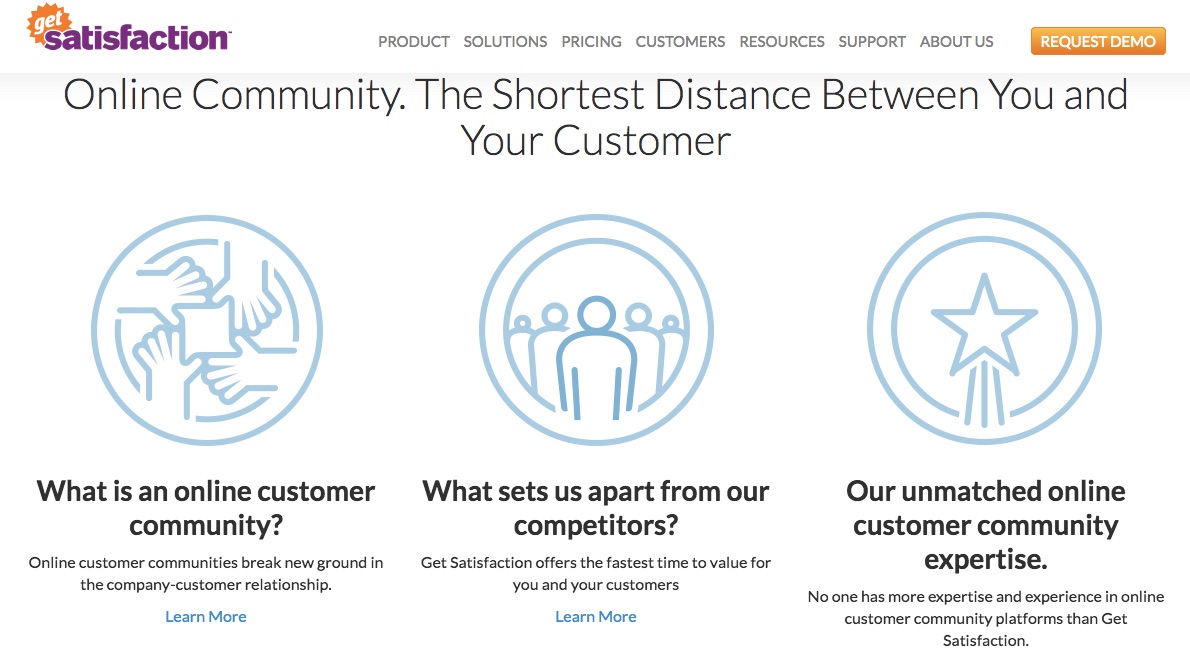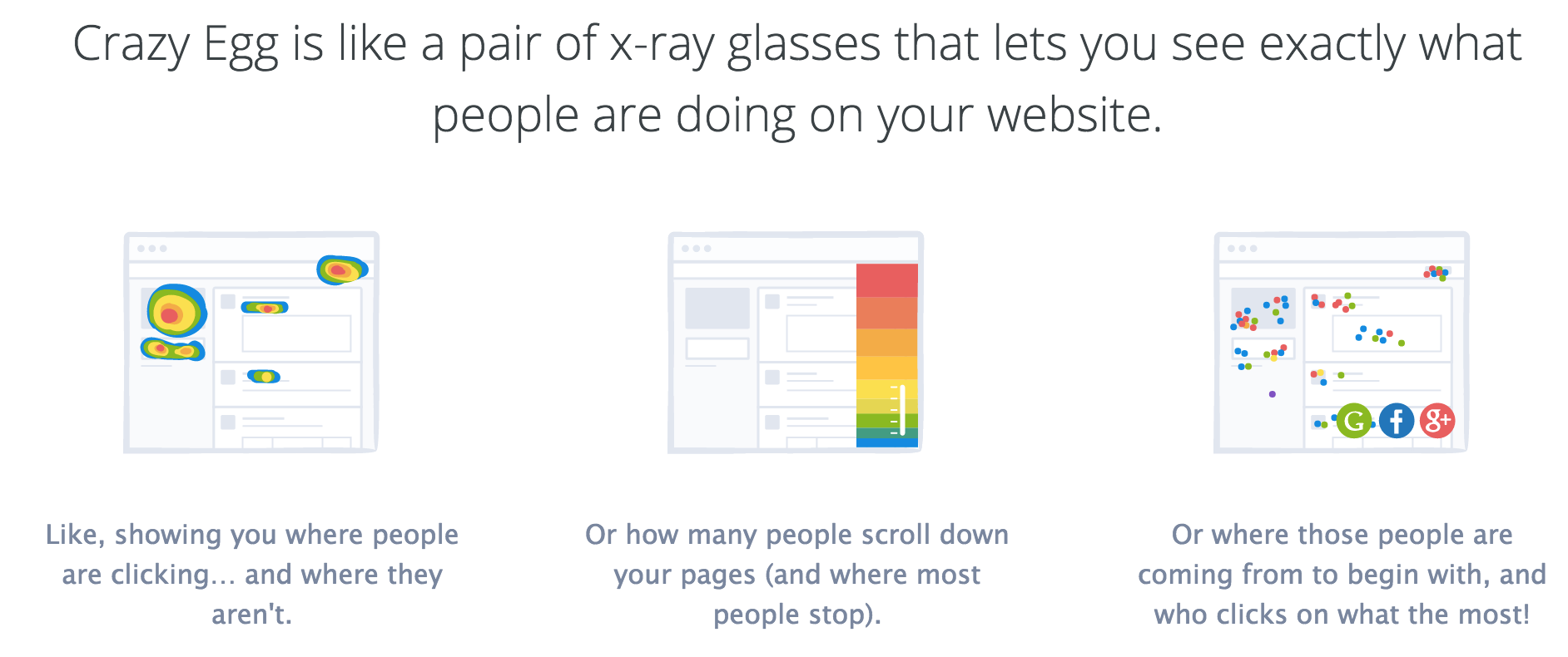Something every woman should know - WHY MEN LIE!
The marketing world loves to talk about branding.
Take a look at just about any marketing company in the world, and you’ll find the word “brand” on at least one page.
Startups and small companies frequently look for ways to get mentions online so they can start building their brands.
And big companies often preach branding, too.
You’ll see blog posts on “improving your brand” or something similar.
And you’ll often read news stories about how a particular brand is “valued” at a certain figure.
A recent example of this would be the digital communication giant Slack. Some have recently valued Slack as a $5 billion brand.
But when you get down to the brass tacks, does branding really have anything to do with, well, anything?
More specifically, does a brand actually correlate to sales, especially for B2B players?
This is a question that companies all over the world are discussing that needs an answer.
I want to show you what the data says about branding, sales, and how it affects you.
To get started, you first have to understand how brand loyalty and value have changed.
Then, I’ll show you ways to dig deeper into each.
The basics of brand bias
Branding is, in effect, a method of creating an image around your company, product, or service.
You’re probably familiar with many multi-billion dollar brands that have anchored themselves in your life.
You do everything you can to establish your brand, and that’s not necessarily a bad thing.
But is there data to back up this information?
And if so, what elements of branding are the most important to consider for B2B players who want to wisely join the trend?
Branding is considered conventional wisdom so these questions are often taken for granted.
I think that trend should change, so I’ve compiled a list of some of the vital elements of branding. This will help us determine whether you actually can prove ROI with them.
But before we get to those, you have to know a bit about the details of brand bias.
You’ll also hear marketers call it brand loyalty. The terms are pretty much synonymous.
Brand loyalty goes way back in our history.
Without a doubt, you could ask your grandparents about the brands they were loyal to in their youth, and they could give you an extensive list with ease.
These relationships had the staying power many companies only dream about today.
But how has brand loyalty progressed to modern times?
Despite claims that brand loyalty is dead, the truth is that the bias is still overpowering in B2C arenas. In fact, 82% of adults in the US claim loyalty to a product brand.
And the translation to B2B here is only natural.
Those same brand-loyal people are likely to be amongst the decision-makers of your clientele in the B2B world.
They want to find a brand to be loyal to. It’s a mental shorthand that looks to make decisions easier and faster.
So the biggest overall change in loyalty isn’t that it’s dying. It’s that buyers are in the driver’s seat instead of brands. They now have the power to research brands carefully.
But while the information available to your clients has grown, most industries show a relatively slow rate of growth in revenue compared to the astronomical rise of website traffic.
This trend might be eerily familiar to you. It’s likely that you’re seeing indications that the clients you’re trying to win are probing your brand and going elsewhere.
And you can bet that your target audience is doing extensive research on your brand before coming to a decision.
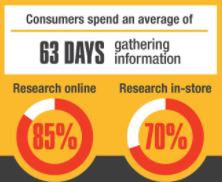
So at the very least, it’s clear that loyalty has changed.
And this makes sense. When you change your customer’s reality, you have to change the marketing reality with it.
The traditional brand elements like name recognition and being “top of mind” don’t pack the same punch anymore.
The result is that we need to turn more toward metrics like sales, ROI, and conversions to find an accurate measure of brand bias.
So let’s address this issue of “brand value.”
What does that mean?
This is another concept that people worldwide throw around, but the lines have become hazy.
As you would expect, because of the evolution we’ve seen in brand bias, there is an ongoing discussion of whether brand value is a monetary assessment of the company or a softer assessment of value delivered to your audience.
The former approach treats all marketing efforts as “branding” and calculates ROI based on this value.
Thus, a simple revenue-to-cost analysis provides ROI.
And unfortunately, the later causes many businesses to ignore their brand value altogether because it makes value hard to measure and puts it in a constant state of change.
The overriding principle that both tend to miss, however, is that a strong brand or “high brand value” can solve many common problems before they occur.
Therefore, linking brand value to ROI is a matter of showing a causal relationship between strong branding and the elimination of issues that can impact sales.
This requires us to look at the hard measurements that data gives us and tap into what we know of human behavior.
So now that you see the dilemma that faces marketers seeking to prove branding ROI, let’s take a look at how various sales-related data points link back to branding.
We’ll start, of course, with your biggest client.
Your brand may be the only thing keeping your biggest client
This is a pretty frightening claim, and you should be a little scared of it if you’re a B2B company.
Recently, Gallup found that 71% of B2B customers are actively considering taking their business to a different company.
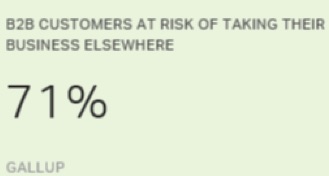
That’s a staggering statistic.
But how could that be?
B2B companies should be best equipped to meet their audience’s needs, which makes a statistic like this seem out of place.
But think about the reality of the situation.
B2B companies frequently make enormous promises to their clients.
Even if they’re equipped to follow through, they set the bar high from the beginning.
And your problems compound when you remember the fact that bigger client companies have greater bargaining power.
You begin to ask, “what happens if we delay one deadline?” Suddenly, money starts to tighten in negotiations.
Tack on the ever-looming fact that poor economic growth mixed with other factors can slow success and force brands to adjust post-contract, and you have a recipe for disaster.
Even more pessimistically, only about half of B2B customers believe their vendor is delivering on their promises or feel proud to associate with that brand.
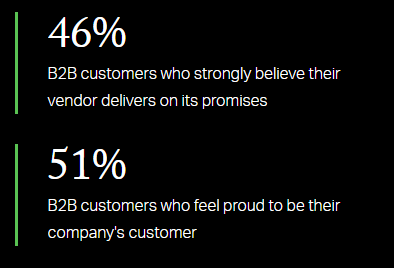
Those are pretty dismal numbers when you think about it.
And this is given greater context by the fact that 81% of consumers are satisfied with the service of B2C companies.
What are B2B companies missing?
For one, B2B companies have been slow to respond from the traditional PR-dominated branding to a now marketing-dominated branding.
The best practice used to be leaving your image in the hands of your PR team.
But with the rise in consumer research we talked about earlier, this trend is now damaging companies that are still opting for the old school.
The room for growth is astronomical, and B2B companies that fail to focus on their brand and market it effectively are essentially neglecting their future and their clients.
Your name, reputation, or brand could be the only factors preventing your clientele from leaving you.
Or worse, it could be what’s driving them to look for other options.
Brand loyalty improves engagement and customer acquisition
One of the biggest data points that links branding to B2B sales is customer acquisition.
If it’s possible to use your brand as a tool to help you gain clients, then it’s a logical conclusion that focusing on your brand can improve your marketing ROI.
And from the data I’ve compiled, there’s a compelling case that branding can indeed help improve customer acquisition.
Let’s start with the bad news.
Engagement levels for B2B customers are abysmal according to Gallup, coming in at only 29%.
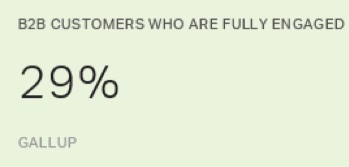
This might be a curious statistic to start off with, but there’s good reason for it.
The main reason I share this fact is because fully-engaged customers share more and are better brand advocates.
In other words, brand bias and customer engagement are directly correlated.
And it’s a basic marketing principle that loyal customers refer business.
More than half of consumers who have a good experience with a brand will recommend it to people that they know.
And many of those referrals turn into loyal customers themselves.
So, that 29% of engaged B2B clients isn’t making a very big ripple when it comes to referral business.
When you consider that the remaining 71% of your clients could be referring you and aren’t, you start to see how important these numbers are.
And this picture gets a little grimmer when you take into account that two-thirds of touchpoints when a client is actively considering to do business with you come in the form of word-of-mouth or online reviews.
That means your leads, audience, and potential clients are neglecting your trained sales team to see what others have to say about your brand.
And in 2016, 62% of B2B buyers were relying more on peer recommendations than on their own research.
In the technology industry alone, 60% of buyers look for peer-to-peer reviews to aid their decision-making process.
And the majority of your clients don’t care enough to share simply because they aren’t engaged with your brand.
Imagine what could happen if you increase your customer engagement.
You’d see much more growth.
And this concept is backed by data too.
49% of B2B companies report higher ROI by investing in relationships instead of acquisition marketing.
That translates well based on all of the other data we’ve been looking at.
By improving their current level of engagement with existing customers, their ROI increases.
And that is branding – pure and simple.
Branding motivates action
There’s another question we want to answer:
Does content (and ultimately branding) truly push your digital audience to take actions that lead to sales?
First, I think it’s worth showing you how actions, content, and branding share an inherent relationship.
One way to look at branding is in relation to the actions that your leads, customers, or website visitors take.
These actions are ultimately intended to culminate in a sale.
Marketers usually call this entire action-oriented process the buyer’s journey.
And as you can see, the B2B buyer’s journey is fraught with complexity.
Branding gives definition to your buyer’s journey primarily through the content you create and share.
The general consensus among marketers is that content motivates action among your audience.
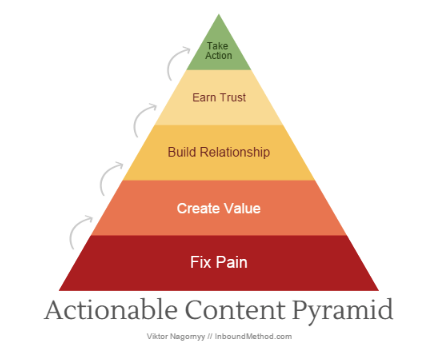
By moving through this process of fixing pain points, offering value, building a relationship, and earning trust, your content is reportedly building your brand and promoting further action.
That means that the role of content marketing is social brand building.
So, by providing the right content, the strategy is to push leads to an action and create a custom buyer’s journey that increases sales.
That means that a logical place to start for a data-driven relationship is tracking the ROI of your content marketing efforts.
You’re in luck, then.
According to the Content Marketing Institute, you can not only track ROI, but you can also attribute ROI to the various phases of your sales funnel.
This is helpful in a conversation about branding, as it lets you narrow in how effective certain parts of your campaign are at motivating action throughout the sales cycle.
That means that you have a direct window to how content affects your branding at every stage.
What’s more, the overall lean toward content marketing is very favorable.
77% of B2B marketers feel that their content marketing is successful.
That’s a pretty impressive cohort of marketing professionals who feel their content marketing is leading to actions.
And there’s a good amount of data to back up those feelings too.
Again according to the Content Marketing Institute, 75% of B2B companies can show that content marketing has increased engagement over time.
More engagement combined with precise ROI tracking makes for a strong case in terms of the branding/content/action relationship.
And when you tack on the fact that 94% of B2B buyers are going to be researching you online, these statistics only look better.
By providing actionable, curated content, you can boost conversions in your sales funnel and ultimately increase your business’s sales.
Branding often negatively affects internal productivity
You don’t often hear about your employees in terms of branding and ROI, but there’s an abundance of data that suggests a correlation between your brand and the degree to which individual employees are profitable.
In a parallel move to marketers, HR professionals have started focusing on what they call employer branding.
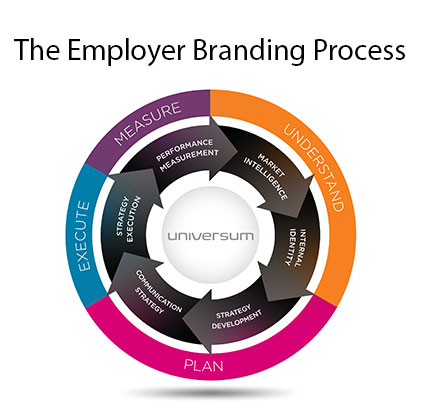
This is a concerted effort by companies to not only portray themselves favorably to external forces but also to align themselves with an internal brand.
And when you consider that engaged employees are 21% more profitable than their peers with lesser engagement, you begin to understand why.
What’s more, that same Gallup poll found that sales professionals are 20% more productive when actively engaged in their company’s brand.
So the correlation here is clear as day.
But what are the factors driving employee engagement?
Without diving too deeply into HR, there is one main element called the employer value proposition, or EVP.
EVP works much like a traditional branding campaign, but you’re focusing on your brand image in regard to current and future employees.
You want to appear credible, reliable, and attractive to your employees in the same way you would a client.
The more you think about this, the more it makes sense.
Employees are the frontline of customer experience and the final link between you and your clients.
In essence, they’re ambassadors for your brand.
If they don’t buy in, sales will suffer no matter how strong or weak your digital presence is.
Not only that, but a transparent and consistent brand will attract top talent at a higher rate.
That means that your brand can start bringing in high-performing professionals who will boost sales even more.
So while old-school elements like employee alignment are still big, branding is taking center stage with employee engagement and productivity.
Emotionally-charged branding efforts boost profit
Finally, I want to discuss the emotional side of your B2B brand and how it relates to your overall sales performance.
Brand loyalty always caries emotion with it.
Thankfully, brand connection is usually positive.
But that doesn’t mean you can just gloss over this point.
Tapping into the raw emotion of your brand can be a good way to see improvements in your sales.
For example, 64% of consumers report that their relationship with a brand is tied to shared values.
Values are, strictly speaking, not necessarily a metrics-based type of measurement.
Humans often determine their values based on how they feel about certain subjects.
Whether that value stirs up controversy or elicits much response, it’s simply part of a business’s branding.
And under the microscope, it becomes much clearer just how important emotions are to branding.
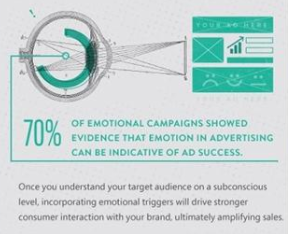
By understanding your audience and delivering an emotional message, the evidence suggests that you will ultimately amplify your sales.
So it follows that emotional campaigns are more successful than rational campaigns.
Interestingly enough, emotional branding efforts are even more effective than a hybrid rational-emotional mix.
That’s why branding is so powerful.
It’s the emotional core of your business.
But there’s more to consider when it comes to building an emotional brand.
We can also see how even certain words and phrases you use in branding can evoke emotional responses that drive sales.
While all of these might not be applicable to your particular B2B niche, there’s an undeniable emotional draw in each of these words and phrases.
And as long as you don’t cheapen your brand, proper emotional wording can improve your conversions.
The overall goal of emotion in branding is to create brand immersion.
This, in turn, creates loyalty and boosts sales.
So, by providing an emotional connection and going beyond a bare-bones service, you can see incremental boosts in sales.
That seems like a pretty compelling reason on its own to emphasize branding for your company.
Hyper-focused branding can improve ROI
As we’ve learned more about what works in digital marketing, our methods have evolved to match our capabilities.
One of the more noteworthy evolutions is account-based marketing, or ABM.
This hyper-focused version of marketing allows brands to cater their message to individual businesses instead of a general audience.
As a B2B-specific tactic, it’s a battle-proven method that can help you leverage your brand as the solution to your audience of one.
Strikingly, almost all B2B businesses that have attempted ABM have had a higher ROI on their marketing efforts.
And more importantly to branding, those same businesses saw a significant benefit from focusing on expanding their existing client relationships through ABM.
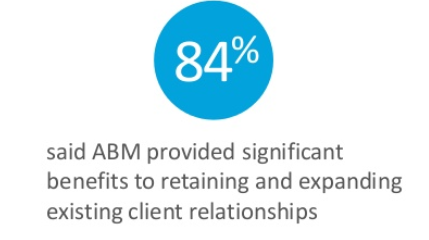
By focusing on the relationship and boosting engagement, these brands are seeing a higher degree of revenue for their services.
Imagine what it could do to your business then, right?
And perhaps even more telling are these statistics from ITSMA:
What other methods could you use to increase your reputation, relationships, and revenue across the board?
I’m not aware of any others.
And all of this rises and falls on branding.
ABM is all about presenting all of what you do as a solution.
It’s just relationships and engagement.
Conclusion
The branding message can get old for B2B companies, but it’s not going away anytime soon.
You’ve seen the data, and you’ve hopefully read the signs.
Your brand could be your only lifeline, or it could be pushing your biggest clients out the door.
You largely determine which scenario is the case for you.
Overall, branding improves engagement and keeps your sales funnel full of potential customers.
By positioning yourself strategically throughout your buyer’s journey with actionable content, you encourage your leads to convert and take action.
Focusing on your internal brand can boost employee loyalty and sales significantly.
And creating an emotional, well-rounded brand can position you as a reliable source in your niche and improve your sales efforts.
Finally, using a hyper-focused method like account-based marketing can revolutionize your branding efforts and draw a direct line to increased revenue.
Across the board, branding serves an important purpose toward your bottom line.
In what ways have you noticed your brand making a difference in your sales?
About the Author: Neil Patel is the cofounder of Neil Patel Digital.
